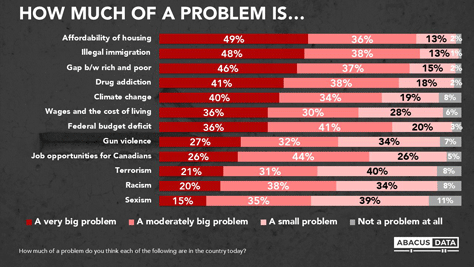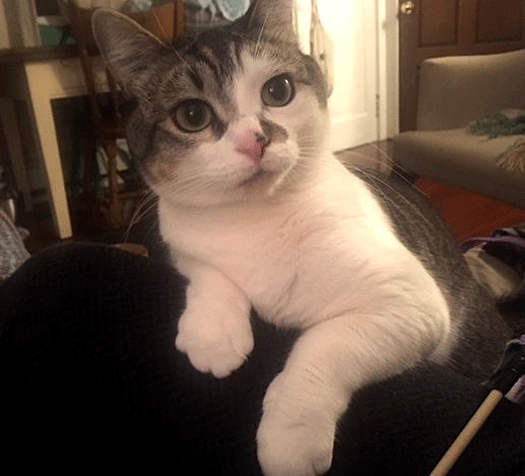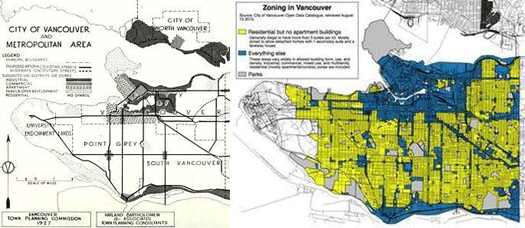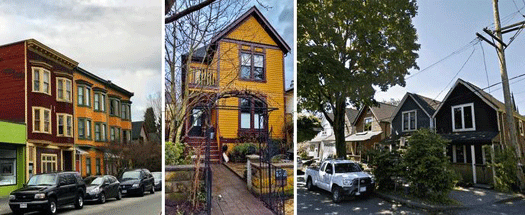 Vancouver City Council, to serve from 2018 thru October 2022, clockwise: Councillors Rebecca Bligh, Christine Boyle, Adriane Carr, Melissa De Genova, Lisa Dominato, Michael Wiebe, Jean Swanson, Sarah Kirby-Yung, Colleen Hardwick, and Pete Fry.
Vancouver City Council, to serve from 2018 thru October 2022, clockwise: Councillors Rebecca Bligh, Christine Boyle, Adriane Carr, Melissa De Genova, Lisa Dominato, Michael Wiebe, Jean Swanson, Sarah Kirby-Yung, Colleen Hardwick, and Pete Fry.
The time has arrived once again for VanRamblings to weigh in on the state and nature of civic politics, as practiced in the City of Vancouver.
Today’s post will begin a brief insight into the 10 City Councillors who were elected this past October, and how each is faring in the current term.

As per the graphic above, Councillor Rebecca Bligh is Vancouver City Council’s delegate to, and a Board member of, the Federation of Canadian Municipalities, replacing retired City Councillor Raymond Louie in that role.
The socially-skilled Ms. Bligh has emerged, as might well be expected given her background in business, as one of the more conservative voices on Council — although, as is the case with her Non-Partisan Association colleagues, a fiscal conservative and certainly not a social conservative.
Working with her fellow elected, progressive and feminist NPA City Councillors, Council Finance Chair Melissa De Genova, Lisa Dominato, Colleen Hardwick and Sarah Kirby-Yung, Ms. Bligh’s focus has tended towards looking after the public purse, keeping taxes low and, most recently, championing the shifting of the tax burden away from small business owners — who you may have noticed have been going out of business in record numbers these past months, with vacancy signs on arterials throughout the city — to homeowners — receiving support for this important initiative from councillors Sarah Kirby-Young, Lisa Dominato, Michael Wiebe, Adriane Carr and Pete Fry. Note should be made that small business bears up to 49% of the tax burden in the City of Vancouver.
Note should also be made that the passage of the tax shift motion represented the first time this current term Councillors voted contrary to staff wishes, who unsurprisingly emerged as the only voices in opposition to the tax shift — for a Council that has tended to be in sway to City staff, Councillors’ decision to act in the public interest rather than bureaucratic staff interest, represents hope on the horizon that Council, in future, may more consistently vote for us, rather than adhere to bureaucratic wishes.
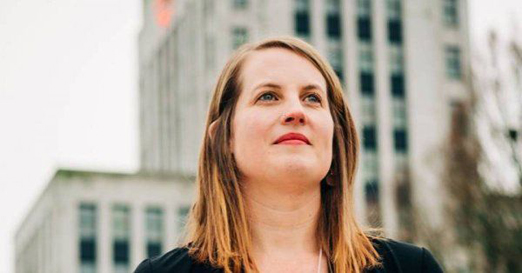
Councillor Christine Boyle (pictured above) has emerged as Vancouver City Council and our city’s leading climate change warrior, this past January introducing a ground-breaking, precedent-setting motion that in the process of declaring a climate emergency, mandated Six Big Moves …
1. That 90% of Vancouver citizens will eventually live within an easy walk or stroll of their daily needs. That implies much more densification in South Vancouver, where this is mostly not the case — apart from in Marpole, Oakridge, Dunbar, Kerrisdale, and South Hill;
2. Council will set a target of 50% of kilometres driven in 2030 will be made in zero-emission vehicles. This implies a sharp increase in electric-vehicle charging stations and far more extensive efforts to make these available to tenants, who comprise 53 percent of the city’s population;
3. By 2030, two-thirds of trips will be by walking, cycling, rollerblading, and transit. This implies that more road space for motor vehicles will be taken away to accommodate non-motorists. This process has already begun on the Granville Street bridge;
4. That all new replacement heating and hot water systems will deliver zero emissions, which implies a sharp expansion of neighbourhood energy utilities and the use of heat pumps;
5. Setting a target of reducing embedded emissions in new buildings and construction projects to 40% of 2018 levels by 2030, which as Georgia Straight editor Charlie Smith writes, “would inevitably lead to far more wood construction and far less use of cement, as well as fewer underground parkades”;
6. Passing policies that will remove one million tonnes of carbon annually by 2060 through regeneration of local forests and coastal ecosystems, which as Mr. Smith writes, “… implies a whole lot of tree planting.”
This past week Council unanimously approved the climate action initiative.
As VanRamblings has long contended, 34-year-old Councillor Christine Boyle represents the hope of our future, a visionary leader made for our times, a humble political figure who surveys a broad cross-section of public opinion (listening, really listening) before acting, a Tommy Douglas-like figure (although, she’s not there yet — but she will be!) who inspires, has consistently proven she can work productively with others, and whose clarion voice — as is the case with many of her Council colleagues — is undeniable, honest and true & in Ms. Boyle’s case, authentically her own.
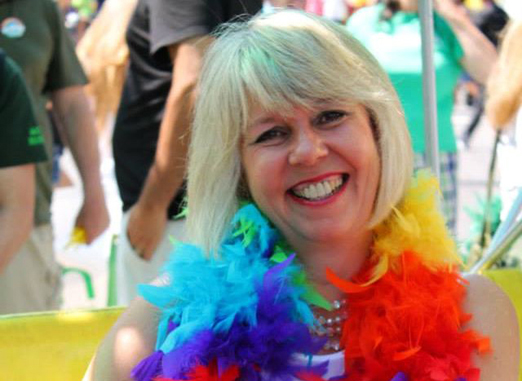 Vancouver City Councillor Adriane Carr celebrating Pride Day in our city, in 2018.
Vancouver City Councillor Adriane Carr celebrating Pride Day in our city, in 2018.
After serving two terms in office leading the charge at City Council on behalf of citizen interests, three-term Councillor Adriane Carr has taken somewhat of a back seat to her more vocal, recently-elected, activist, and ambitious colleagues on Council: think Councillors Christine Boyle, Sarah Kirby-Yung and Ms. Carr’s Green colleague, Pete Fry, in particular — all of whom have proved, as well might be expected to anyone in the know, as the most media savvy of our Vancouver councillors, consistently articulate, the most progressive and forward thinking, plain spoken and engaged councillors, and absolutely tireless in their service of the public interest, out and about our city engaging with the broadest range of citizens in every neighbourhood across our city every opportunity they get … and who, for the record, constitute VanRamblings’ favourite councillors.
Still and all, we’re talking Vancouver City Councillor Adriane Carr here — two elections in a row emerging as Vancouver’s most beloved City Councillor, reflected in poll topping numbers on election day in both 2014 and 2018 — no piker she. As the Chairperson of Vancouver City Council’s Standing Committee on Policy and Strategic Priorities (Councillor Sarah Kirby-Yung is vice-chair), chairperson of the Metro Vancouver Board Climate Action Committee, and since 2009 the co-chair of the Canadian Women Voters’ Congress non-partisan Women’s Campaign School, Ms. Carr has long worked on behalf of citizens, as she continues to do to this day.
Councillor Carr has argued articulately and well in the current term for awarding extra density to developers in exchange for renting 20% of the suites in new construction at CMHC (and Council’s) “moderate rental” / median market rental rents, rents well below market, the best example of which is the proposed Kitsilano development at 2nd and Larch.
Let us all hope that Councillor Carr carries the day on this important initiative, a constituent element of a broader affordable housing strategy.
At present, under the existing Vision Vancouver-initiated Rental 100 programme, in exchange for extra density, developers offer rents only slightly below market rates (e.g. $1,768 for a studio, $2,056 for one bedroom, $2,703 for two bedrooms, and $3,559 for three bedrooms), as opposed to $950 for a studio unit; $1,200, one bedroom; $1,600, two bedrooms; and $2,000, three bedrooms (with lower “moderate rents” on Vancouver’s eastside), as the “moderate rental rates” proposed by Councillor Adriane Carr, for those earning between $30,000 and $80,000.
In case you were wondering: yes, Adriane Carr remains very much on our side, as we presume will continue to be the case throughout the term.
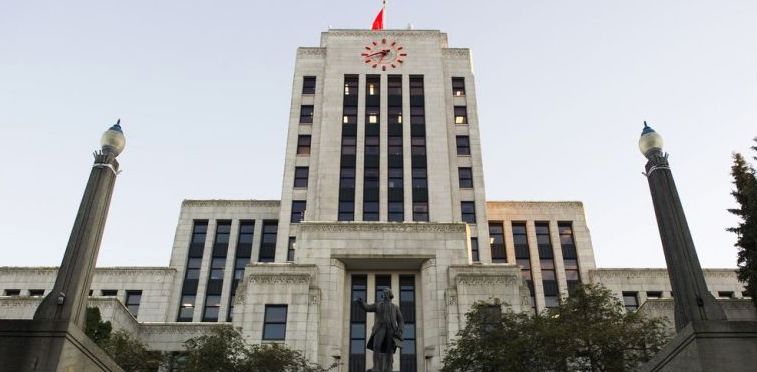
For anyone paying attention to the goings-on at Vancouver City Hall this past six months, you have to know that our new Council is the most action-oriented, public interest serving, neighbourhood-consulting and activist City Council Vancouver voters have elected to municipal office in years.
Although, the new Council members sometimes lose the thread of the argument that got them elected (which we’ll write about on Thursday), most Councillors consistently finding themselves in these early days of their four-year term too often in the sway of bureaucratic staff. In consequence, even given their activist bent, our new Council has emerged as quiescent.
VanRamblings believes that our current very bright and dedicated group of Councillors by this autumn will finally have begun to find their feet (and independent activist, community-serving voices), leading to a new era of hope in our city, and as we suggest in the headline of today’s VanRamblings’ posting, the death of cynicism in Vancouver civic politics.
 |
 |

